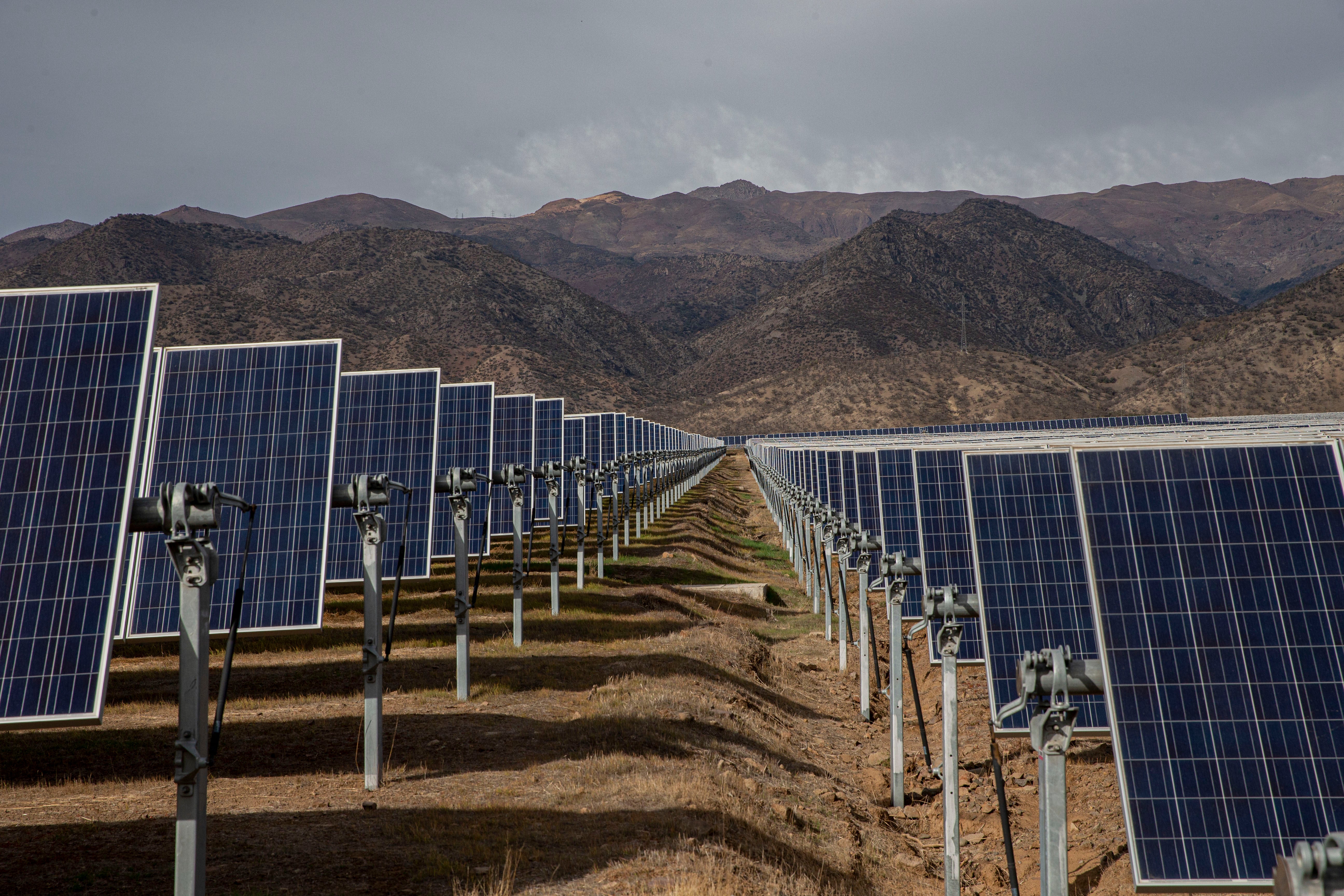The supply of minerals essential to clean energy technology is increasingly concentrated in a small number of countries, and the world is becoming vulnerable to supply shocks and price volatility, the International Energy Agency warns.
The rapid expansion of electric vehicles, battery storage, renewable energy, and grid infrastructure has led to a surge in demand for important minerals in recent years.
IEA’s Global Critical Minerals Outlook 2024, released Wednesday, notes that investment and production in key minerals such as lithium, nickel, cobalt, copper and rare earths have grown rapidly in recent years, but is growing faster than the pace needed to achieve climate targets.
“Even in well-supplied markets, critical mineral supply chains are extremely vulnerable to supply shocks, including extreme weather, technical failures and trade disruptions,” said Datih Birol, executive director of the IEA.
“The impact of the supply shock can be far-reaching, increasing consumer prices and reducing industry competitiveness.”
The report states that the share of the top three mineral producers of total supply increased from 63% in 2020 to 68% in 2023, while accounting for 90% of global capacity in the processing of the top three countries.
China alone manages more than half of the world’s refinement capabilities of lithium, cobalt and rare earths. This is a strong grip that has sparked geopolitical concerns, particularly after Beijing announced import restrictions in response to US President Donald Trump’s tariffs.
“Low diversity in key mineral markets can damage industry resilience and make supply chains more vulnerable to disruption,” the IEA report said.
“Today’s supply and investment trends are not sufficient to support the accelerated energy transition needed to meet international climate targets.”
The concentration of supply is particularly high in mineral refinery, with China dominating the middle stages of production.

The IEA report comes as the US, the EU and other major economies drive diversifying the supply chain for clean energy components, reducing dependence on China, and ensuring alternative sources.
Nearly all of the growth in lithium purification capacity from 2022 to 2023 occurred in China. Projects in other regions, particularly Africa and Africa Latin America was often slow to move forward due to lack of infrastructure, funding or regulatory support.
Recent Chinese export curbs of graphite, gallium and germanium (materials used in semiconductors and electric vehicles) have raised concerns about future bottlenecks. These actions have sparked new demands for strategic stockpiles and have strengthened domestic investments in critical mineral extraction and treatment.
The report estimates that by 2035, copper, essential for electricity grids and electric vehicles, could surpass 7 million tonnes by 2035 if new projects don’t come online immediately. This could be a major constraint on efforts to expand clean energy infrastructure around the world.
Despite the challenges, the IEA report points to some positive developments.
Global investment in critical mineral developments rose 10% in 2023, and clean energy demand is now the main driver of a market once led primarily by the electronics and defense sectors.
Nevertheless, agents emphasize the need for stronger international cooperation, transparent supply chains, and support for mineral-rich developing countries. It also calls on the government to improve mining environment and labor standards and align extraction with community development goals.
“Ensuring a critical and sustainable supply of critical minerals is essential for an orderly energy transition,” the report states.
This report will put pressure on global leaders ahead of the Brazil-hosted COP30 in 2025, turning existing pledges into securing the materials needed to build a cleaner global economy, not just emissions.







